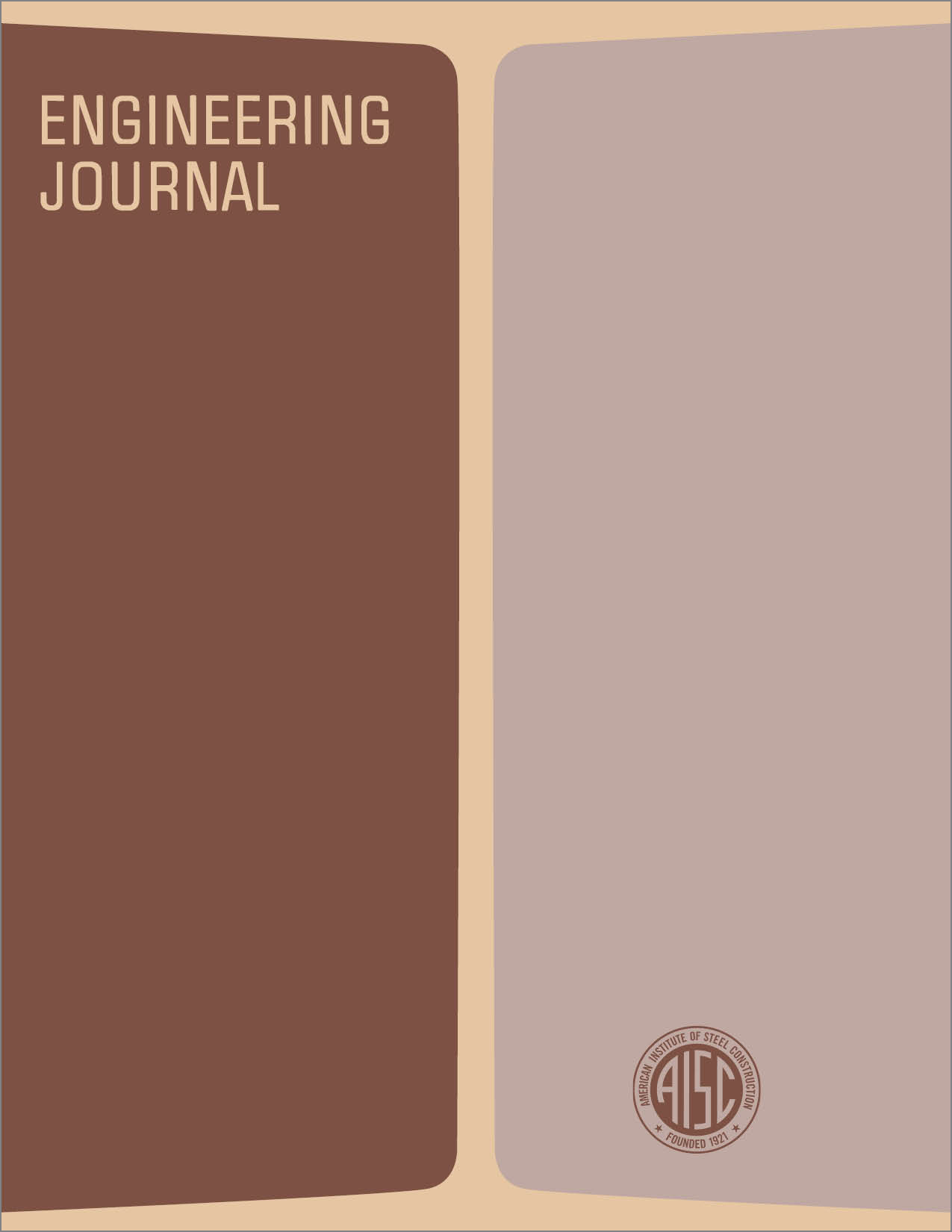Capacity of Columns with Splice Imperfections
DOI:
https://doi.org/10.62913/engj.v14i1.283Abstract
During the erection of a structure, the milled or cut surfaces at column splices may not make perfect full and even contact. The results of these tests indicate that the lack of perfect contact at compression splices of columns may not be important, provided that the gaps are shimmed and welding is used to maintain the sections in alignment. It is noted that the spliced columns, rather independently of the gaps introduced at mid-height, behaved very much like the unspliced column, and their column strengths were essentially the same. It must be pointed out, however, that the Kl/r ratio of the columns tested was low, being on the order of 30. A slenderness ratio in the range 25-30, however, is not at all uncommon in actual buildings. It may be desirable to extend the research to include columns with higher slenderness ratios, to determine the effect of the splicing on a wider range of columns. The significance of the splice location for longer columns than those tested may have to be considered.

